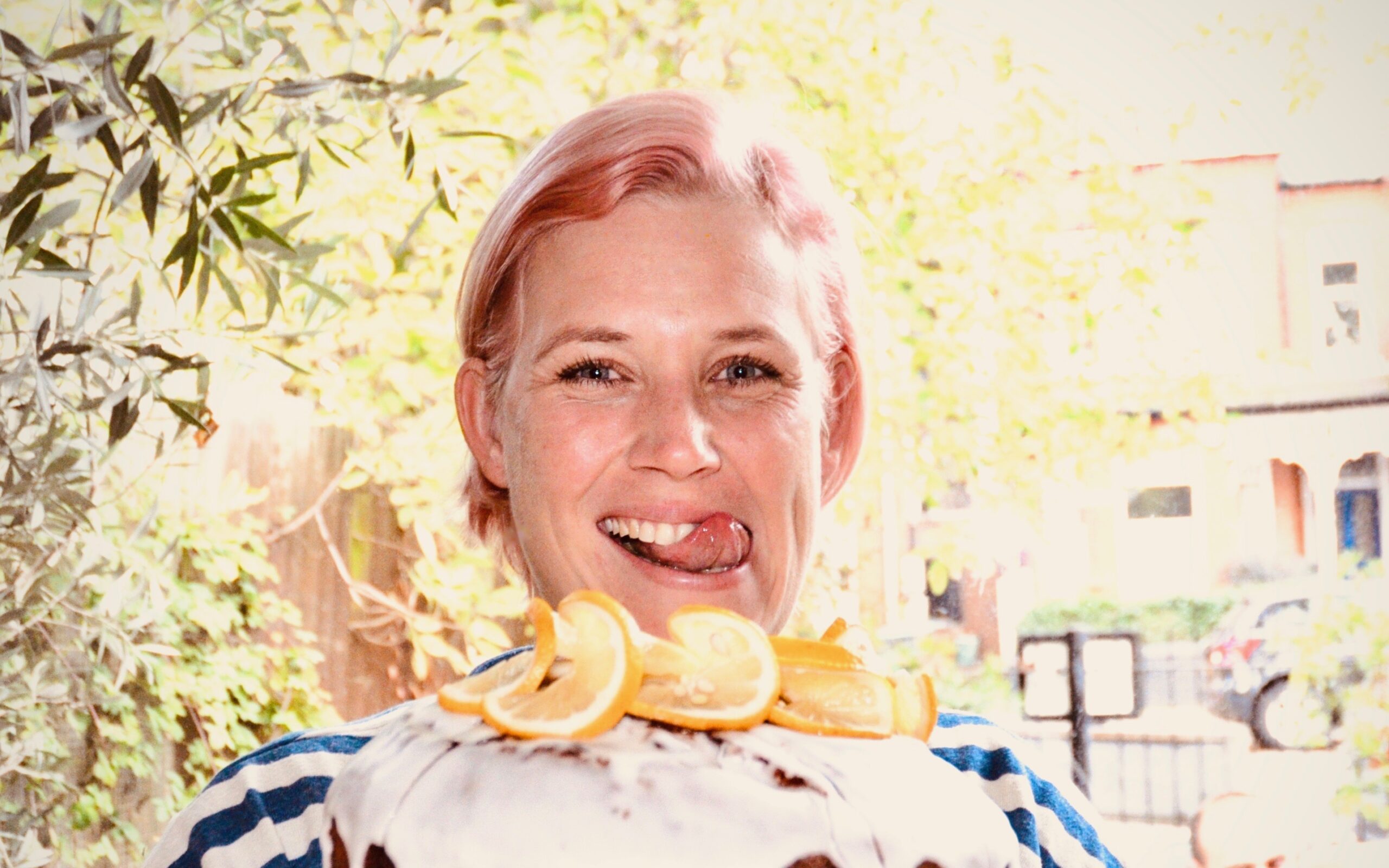Anne Lacheiner-Kuhn
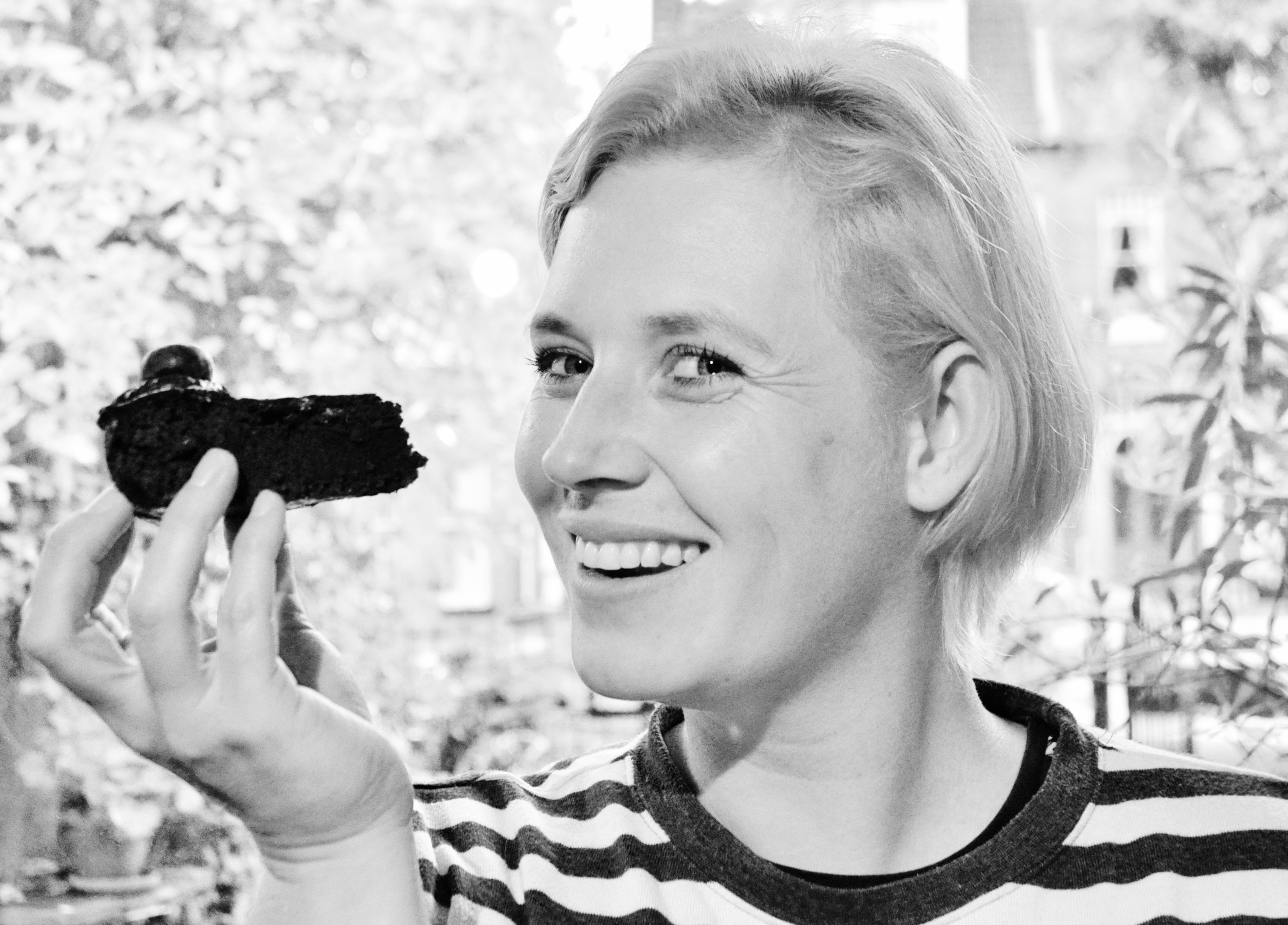
Anne’s artworks are so interesting in that her collage is ultimately a personal journey in time, combined with an almost fixated observation of human behaviours. Exploring the attic of her grandmother’s old home and discovering old photographs from the 1960s and 70s. They represent a modern timeless quality in as such that our society at present has almost shifted into a nostalgia of the simplicity and elegance of this period; which makes Anne’s works so captivating. Much of her collage cut outs are a Namibian history lesson of a time in our society, it has that resonance of the old colonialism of young Europeans exploring their new conquests, learning to integrate in their alien environments, embracing the new and marking their territories with a naïveté and youthful arrogance. You can imagine what it must have been like, the excitement and challenges. Depicting a time when we were free to rebel and pushed forward new ideas, how we changed the world without knowing the consequences in our vigorous candour. That real time is what Anne manipulates, it is to create art so controversial it will raise your eyebrows.
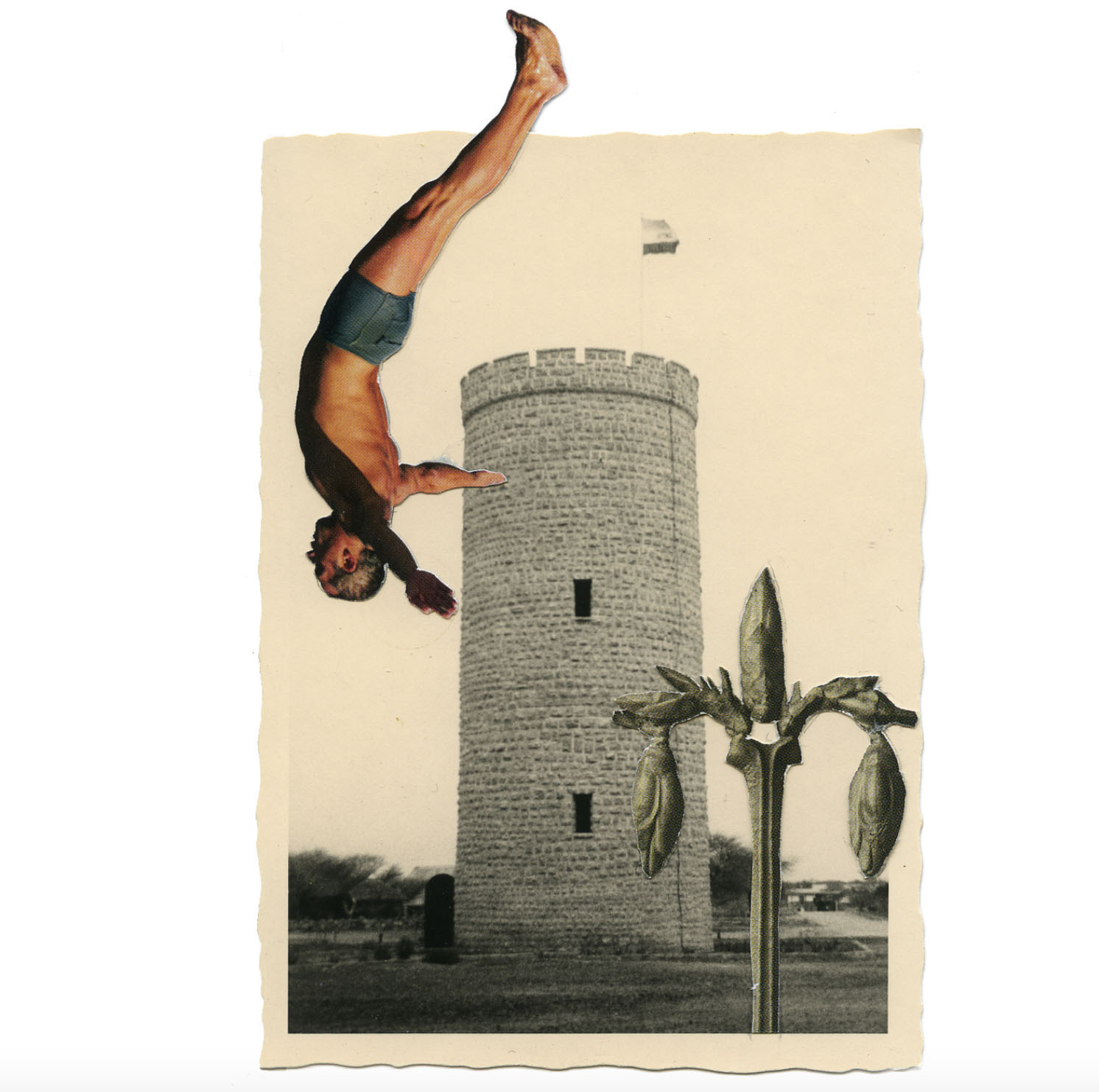
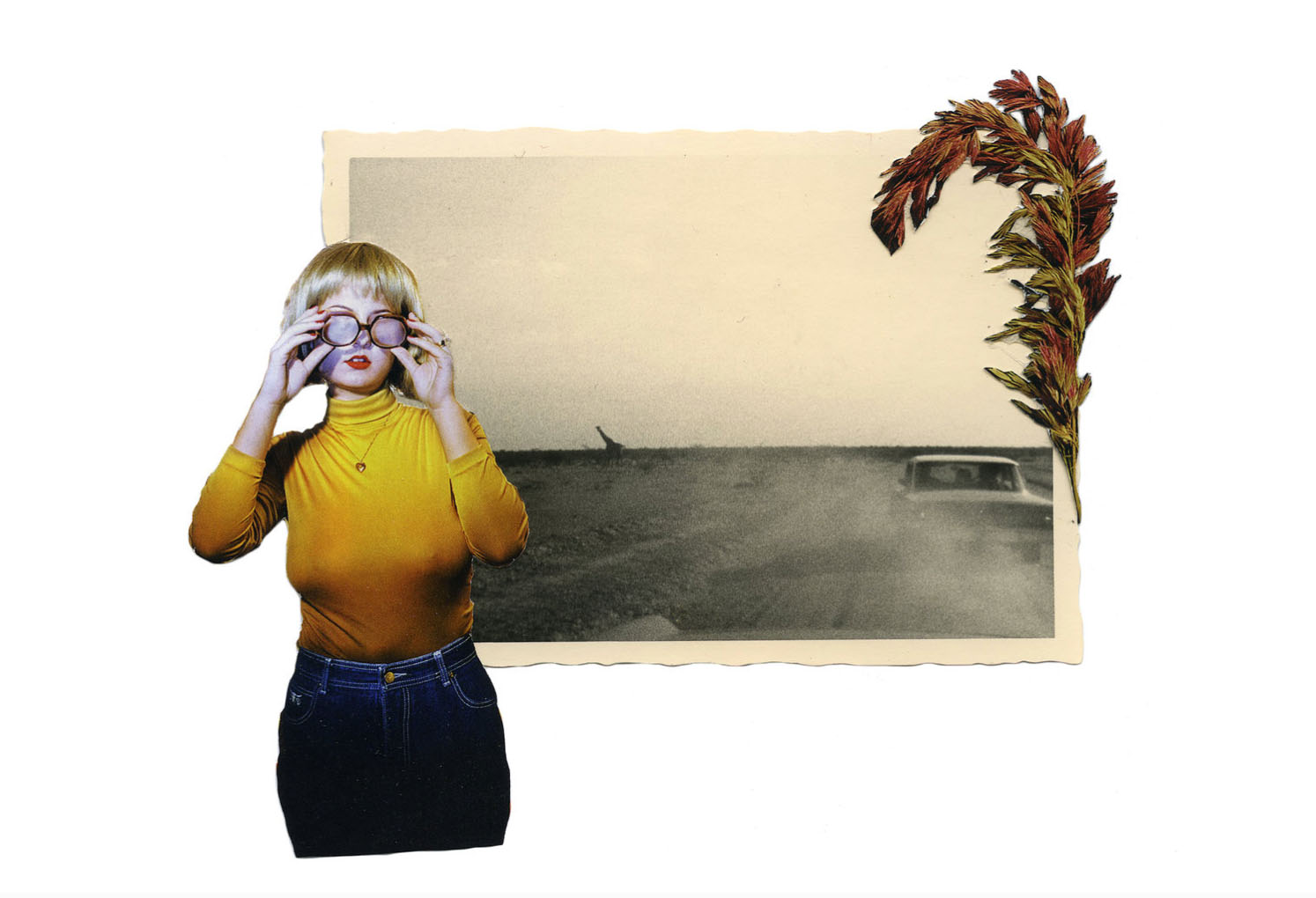
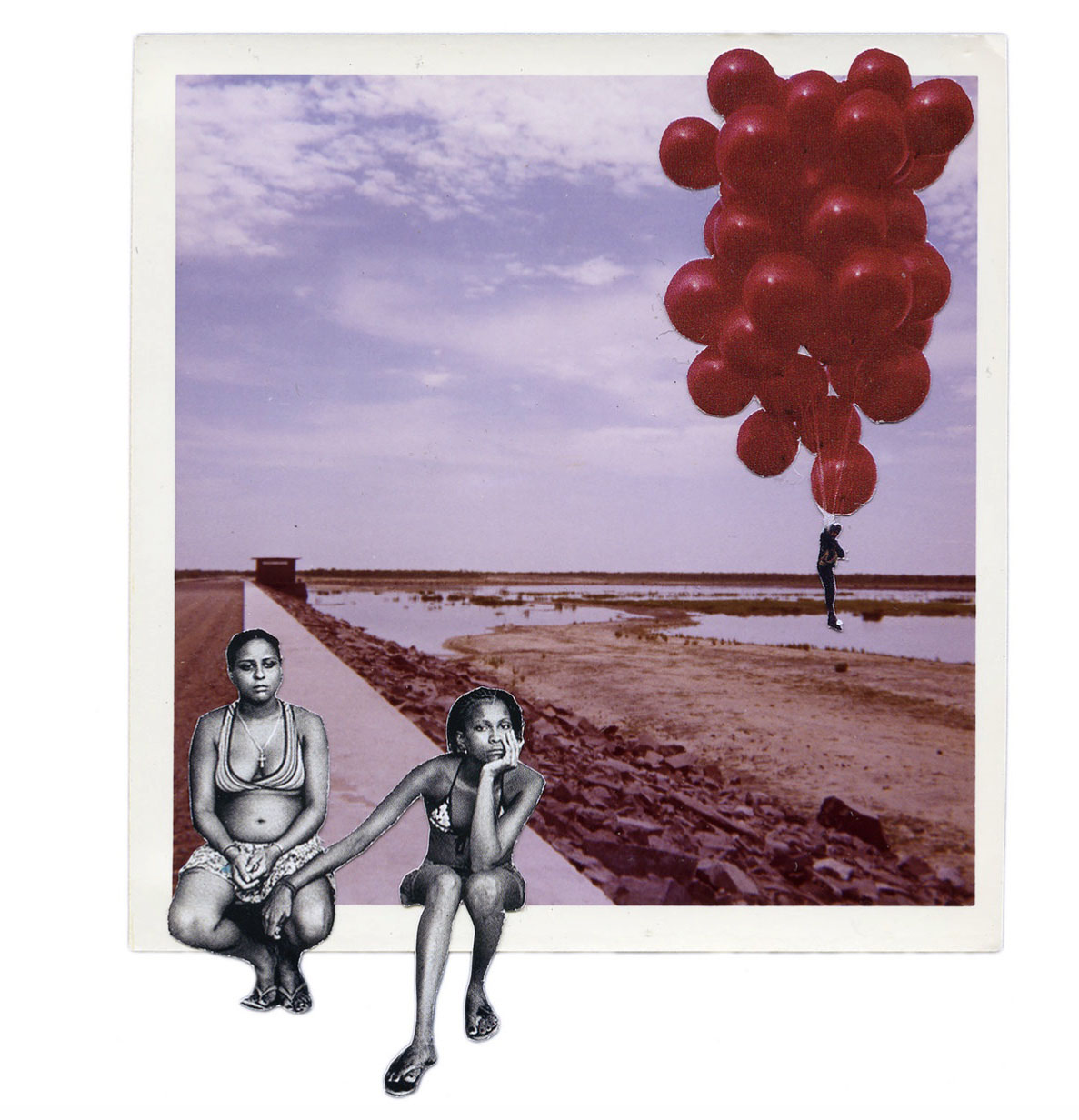
It’s when she discovered her grandmother’s old photographs, she started creating her collage art, capturing moments of her life in Namibia, juxtaposed with her life in London. It’s the comparative of the then and now. Her observations of two alien cultures trying to exist together. What fascinates her is people’s responses. How some from the different countries react to her works, a Londoner being shocked with an artwork of a hyena with a woman in her mouth and a Namibian shocked by a woman exposing herself. Most of her work is unconscious, 85% of her time cutting out all sorts of images and in a meditative state the artworks come together. Anne always appropriates things, making weird combinations of the little resources in Africa, that you use everything and then Anne draws reference, how poor people will find old tin cans, plastic bottles, lids, anything and create artefacts which they sell to survive. We talk about mass media and how it’s only relevant for five minutes, but she gives them another lease of life.
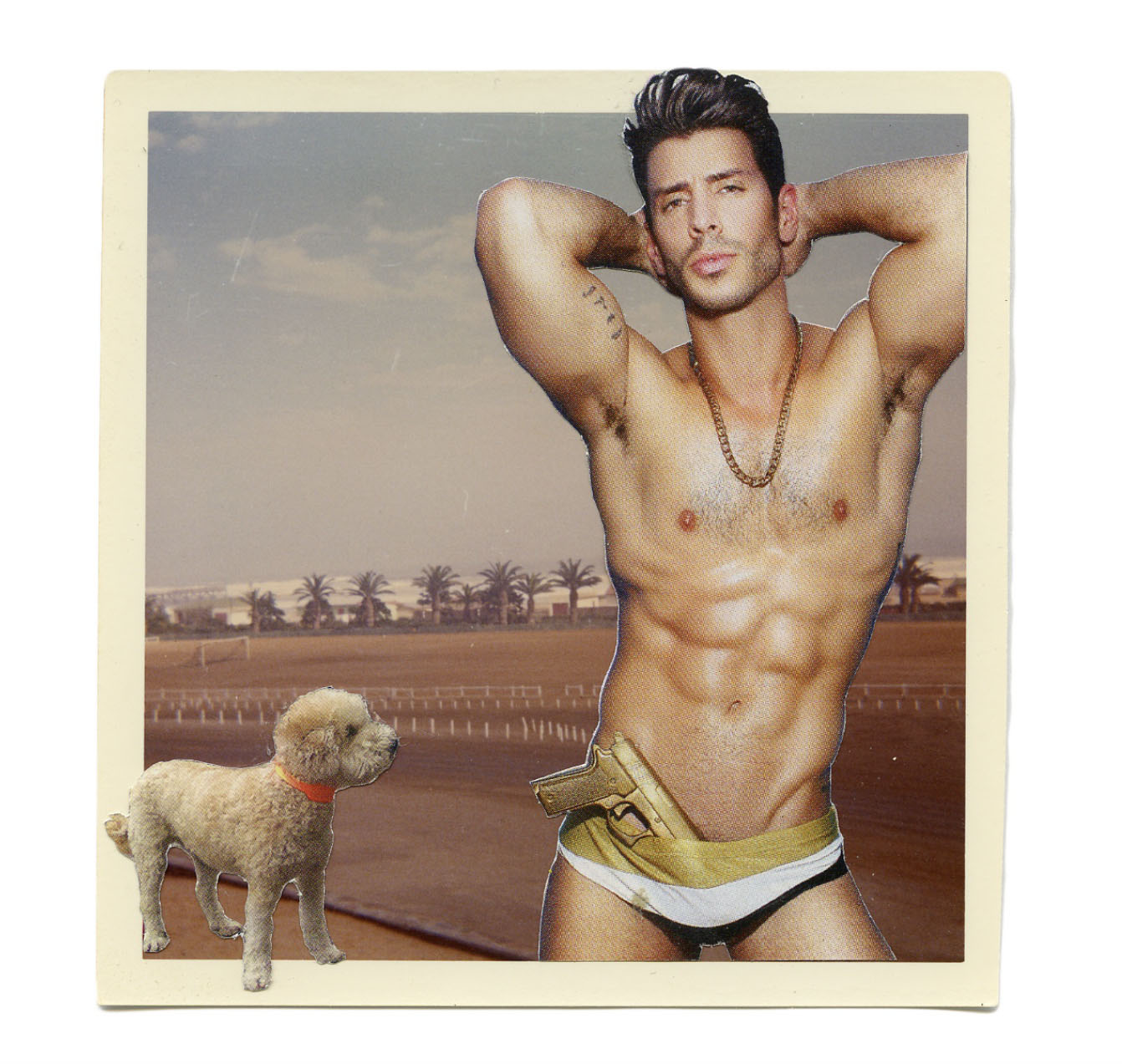
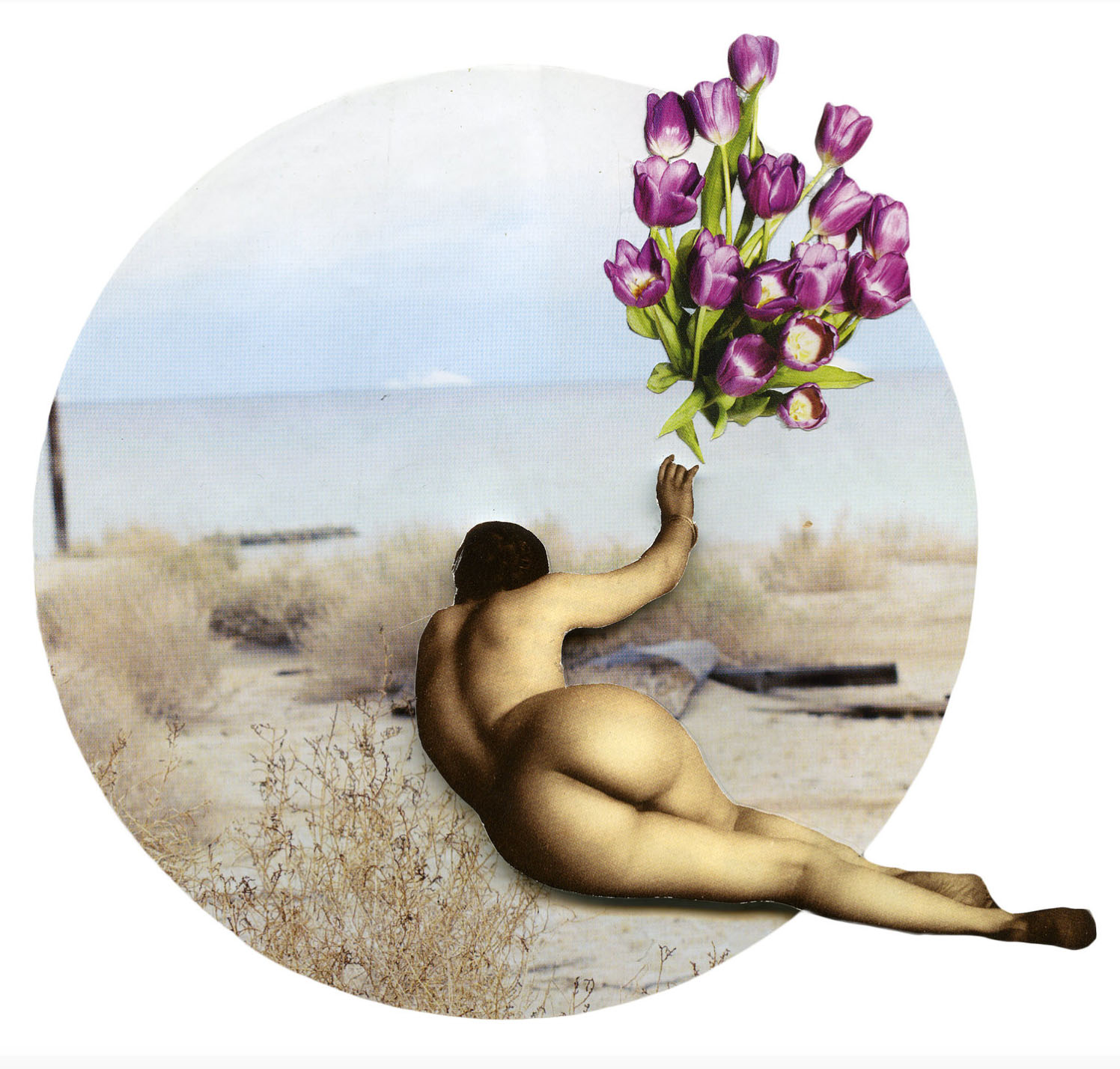
Born and raised in the harsh Namibian landscapes in Otjiwarongo, which translates into ‘where the Cattle graze’. She did grow up in the centre of nature in the middle of a cattle farm, where she was taught to hunt antelopes, in an environment where death was different. You learnt to hunt your meal. She recalls she once killed a Kudu with a gun and she can still remember the feeling of guilt she felt. All the meat was used, it fed 30 workers. This relationship with nature and how taking a life to feed is treated with respect. This reality of life combining the wilds of natural Africa, living with indigenous people from this part of the world, within the time of European integration. She remembers the Chagall painting hanging above her parents bed. Her mother was a Goldsmith and her father a designer and maker of fur coats. Both her parents, creative hippies, as she describes them, until they moved to run her grandparent’s cattle farm. Anne attended the University of Stellenbosch, in Cape Town were she studied Fine Art and graduated with Honours. Her works in Sculpture, installation, photography, and video work, are what inspired her at the time, “I couldn’t draw, or paint” Anna sighs.
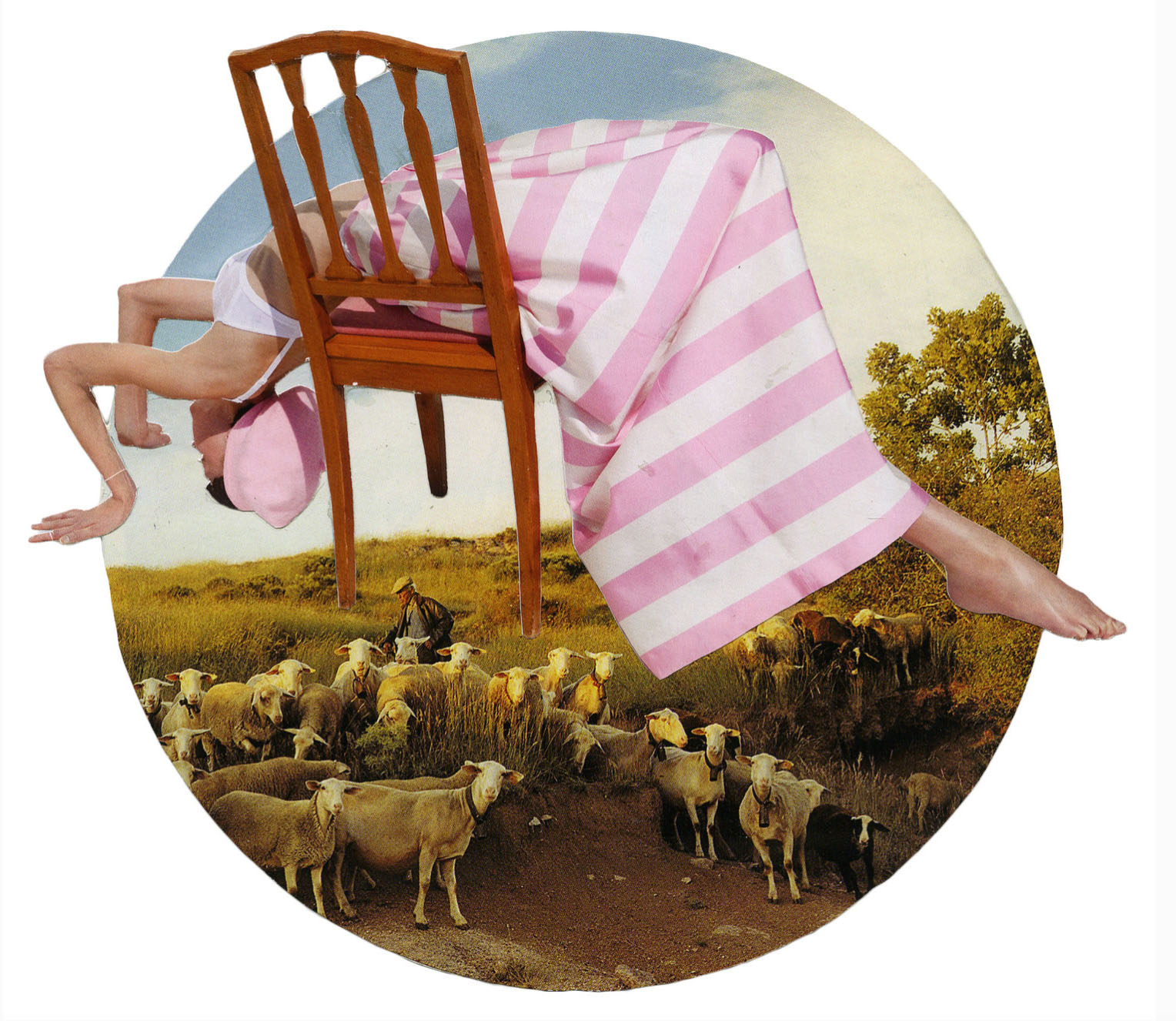
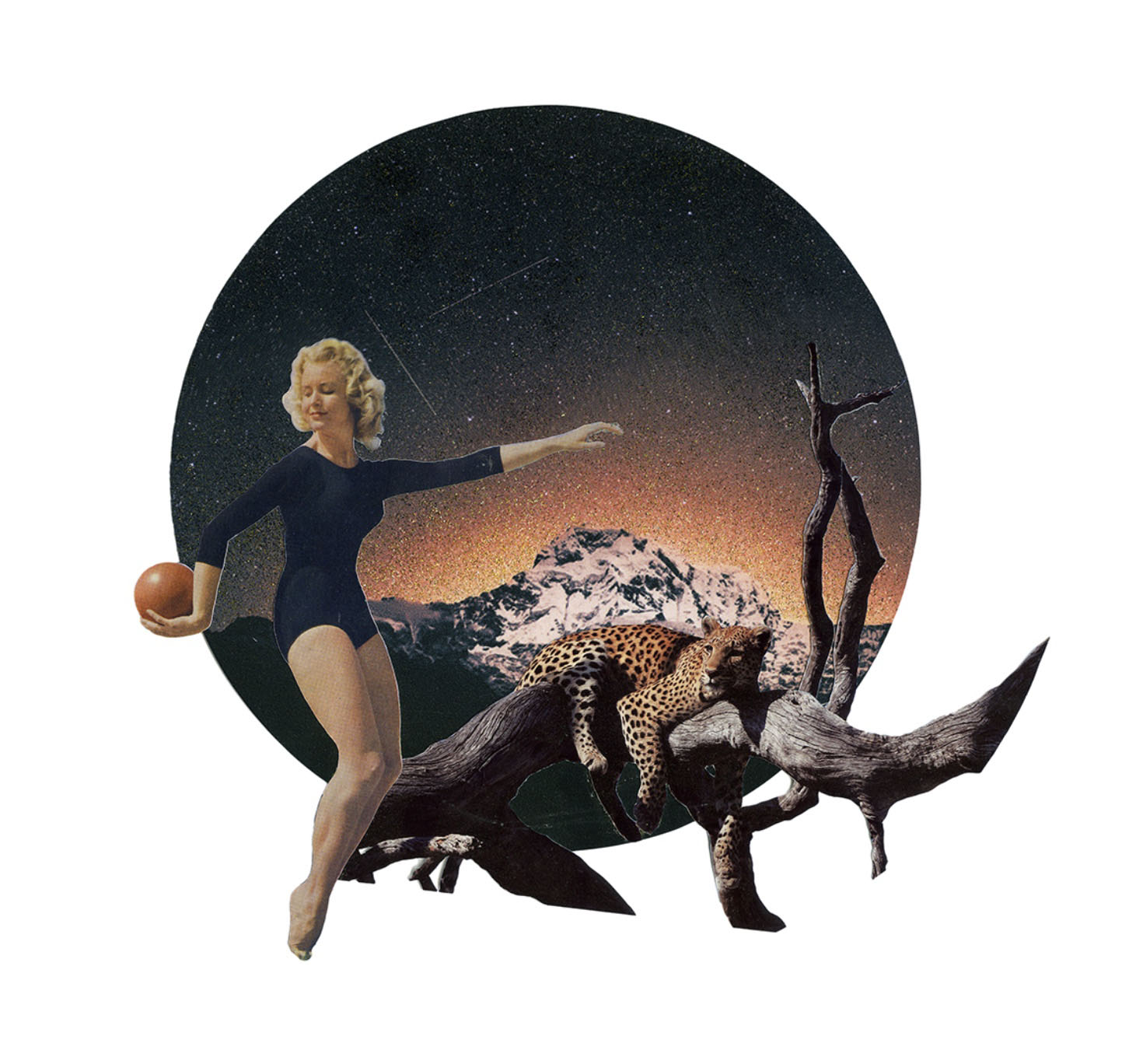
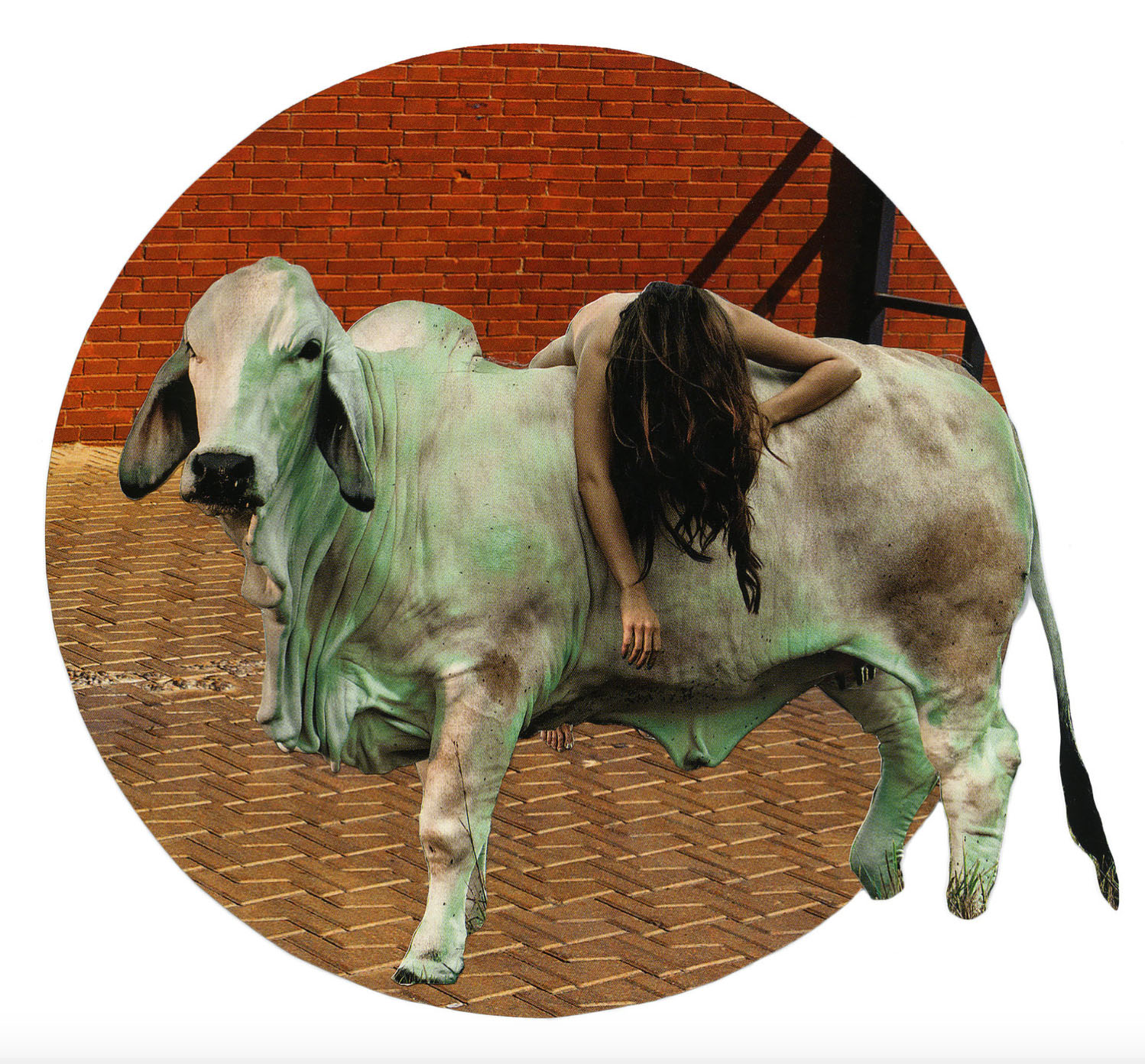
After Anne’s fine art degree, she decided to come to London, she came to do a gap year 13 years ago, and fell in love with the energy, there is always something going on, she explains. Eventually moving to the UK permanently, her graduate work was just video art at the time. She started work as a runner for a film production company in Soho, then junior editor, before long she was editor for the film company for three years. She was always interested in storytelling, however she felt the work was too commercial and not very creative working on daytime television programs and decided she didn’t want to sit in a dark room any more. So Anne applied for an MA at Central St Martins, and after one year of courses across the board, she applied for a job posted at the University and started teaching Media Techniques; in adobe photoshop and other media softwares. She loved the teaching Anne emphasises, but then explains how she became disillusioned with the politics and began to focus more on her own art. Anne has a business mind and as a freelance artist she bolsters her income with mobile network apps for summer music festivals and then she tells me of a business making fake snow for film and TV. They dress huge areas for film sets, including the renewal of the film Murder on the Orient express.


Then Anne expresses how African artists influenced her, it’s how they see things she exclaims, and we talk about the Shona Sculptures carved with soapstone, the modern art movement originally from Zimbabwe and how these carvers took their skills to other parts of Southern Africa, many European artists including Picasso and Matisse were heavily influenced by these artists as well. Anne resonates that Southern African artists have a political agenda in their work, it reflects their society, huge aspects of humour in their approach to art. This is what is essential to Anne’s work, it’s controversial, non mainstream, with somewhat humorous topics, from random dark fetishes and ideals, to the psychology behind people and what makes people different.
Interview: Antoinette Haselhorst
